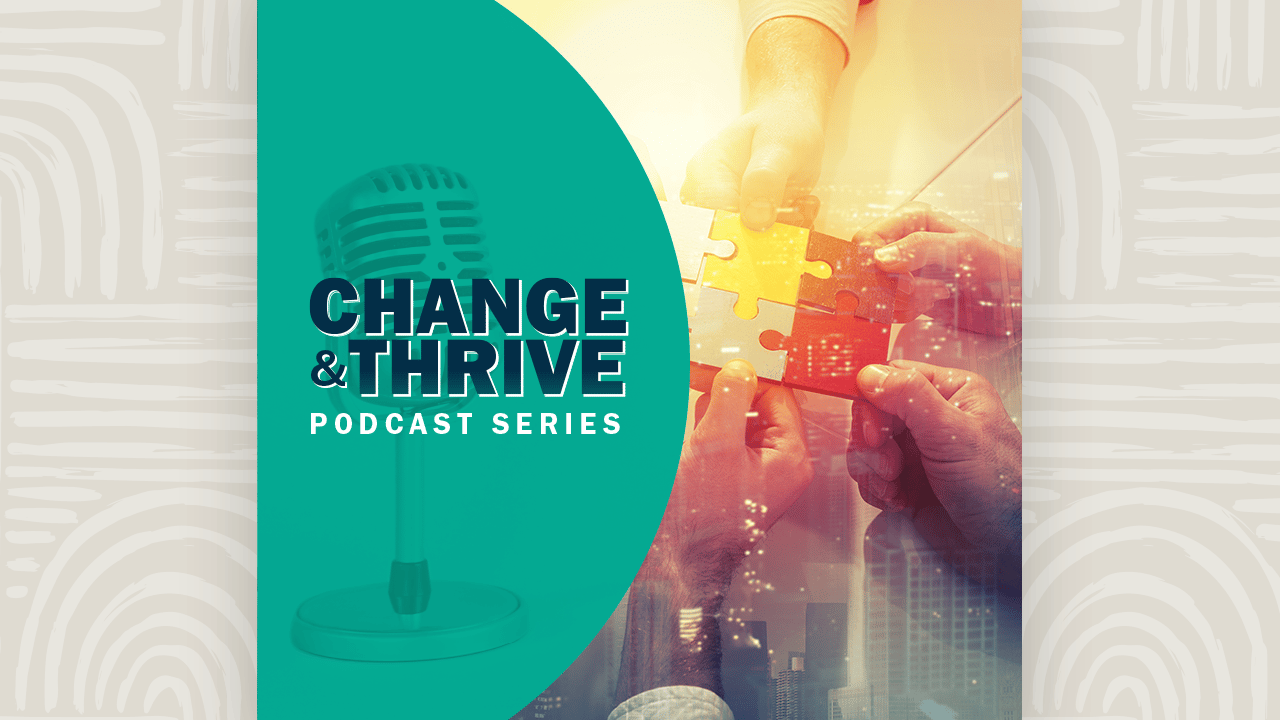The Greek philosopher, Heraclitus, once said: “change is the only constant.” Change is a fundamental and inevitable part of life. This is true across every domain of living, and business is no exception. People often describe the ever-changing business landscape as VUCA: volatile, uncertain, complex, and ambiguous. As these words suggest, change can be quite difficult to navigate. Leaders must remain flexible in the face of overwhelming obstacles while coaching their teams through shifts in mindset, means, and methods. Moreover, change can be unexpected. The onset of the COVID-19 pandemic is an example of this. However, even change that is expected and planned for (such as a merger or acquisition) can present significant challenges for organizations.
More often than not, change gets the best of us. Research shows that 70% of large-scale change efforts fail. That begs the question: what are the other 30% doing, and how are they getting it right?
We at WLH have spent decades examining and working hands-on with change initiatives. We have seen countless successes and failures, giving us expertise in the practices that work and fall short when it comes to large-scale change. We have mapped these practices onto our three-tiered model, finding that successful change is addressed on three levels—organizational, team, and individual.
Today, I want to focus specifically on the individual and what makes them change agile. As change agile individuals navigate their respective environments, each exhibit three capabilities: balance, speed, and flexibility. As I will explain in-depth in this podcast, these three capabilities set individuals apart as highly desired workers in an ever-changing and often unpredictable world.
Balance is key for understanding the larger scope of the industry that an individual works in, as they pay attention to what is happening in their organization and across stakeholders. They are able to anticipate and react to wide-scale changes, both within and beyond their role, and recalibrate appropriately. Speed is necessary for responding to volatility with an innovative mindset and responding quickly and effectively to a rapidly changing landscape. Lastly, flexibility allows an individual to reorient their working methods and modes of thinking to keep up with expanding and evolving demands.
Understanding these skills is one thing, however, developing and honing them in your own work practices is another. We at WLH will help you grow these capabilities so that you and your organization will beat the odds and undergo successful change initiatives!
Let’s stay connected. Join us on social media:
VIMEO
ARE YOU INTERESTED IN LEARNING MORE ABOUT OUR BLENDED SOLUTIONS?
WLH helps organizations, teams, and individuals think, plan, and execute with excellence. Schedule an Exploratory Call to learn more!
